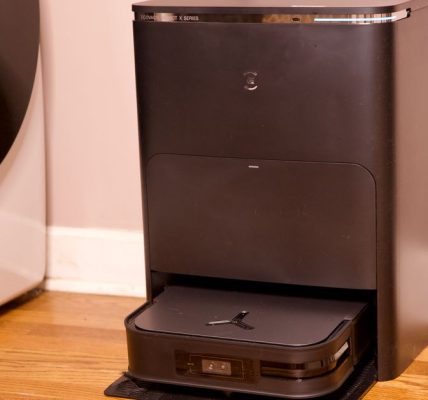Performance of the M3 Families of High-performance CPUs and GPUs: How Apple is aiming to move to a 3nm Processor
Apple is unveiling its new M3 processors today, and all three include big improvements to the GPU side of the chips. The M3 family of chips will include changes to the GPUs to improve performance in professional applications and games. The M3 will be included in two new MacBook Pro models, as well as a new iMac.
Apple compared its latest M3 CPU and GPU performance against a 12-core PC laptop, the $1,299 MSI Prestige 13Evo A13M-050US. It ships with Intel’s Core i7 1360P processor and Iris Xe graphics. Apple claims its M3 provides the same relative CPU performance as the MSI laptop at a quarter of the power draw and the same relative GPU performance at one-fifth of the power usage.
Speaking of power efficiency, Apple is moving to a 3nm process with the M3 family — much like the A17 Pro inside the iPhone 15 Pro. The new MacBook Pro models are expected to debut improved power efficiency on the M3 chips. Apple is promising the same multithreaded performance on the M3 as the M1 at half the power usage. If Apple is correct about its claims, the new MacBook Pro will last up to 22 hours on battery life, the longest ever in a Mac.
The state of gaming on the Mac is not clear, but the new Dynamic Caching feature, improvements in performance, and hardware-accelrated ray tracing sound like big advantages to game developers and M3 Mac owners. We’re still waiting to see more games appear on the Mac, though. Apple dropped a Proton-like tool on developers earlier this year, encouraging them to bring Windows games to Macs.
Apple is also introducing a new Dynamic Caching feature on its M3 chips, which will only allocate the exact amount of memory, dynamically in hardware, needed for each task using the GPU. Apple claims that developers won’t need to build around it because it is a transparent and automatic process. It should boost the performance of professional apps and games, improving the average utilization of the GPU.
In addition to offering a “faster and more efficient CPU,” the trio of chips comes with an updated GPU that supports ray tracing, mesh shading, and Dynamic Caching — a feature that optimizes the amount of memory the device uses during tasks.
It is all physical keys from here out now that the Touch Bar model is being discontinued. There are some drawbacks to this entry-level model, though: it features a meager 8GB of RAM and comes in just silver and space gray variations — the black color is exclusive to the higher-end MacBook Pros. The device is available to preorder today and officially launches on November 7th.
There is a Mini LED display, a full HD camera, six speakers, 22 hours of battery life, and up to 128Gb of RAM in both laptops. They’re also available in a space black finish with a new coating that’s supposed to help reduce fingerprints as well as a silver option.
The Upgrade of the iMac: Benchmarking the Power and Speed of Next-Generation Mac Chips from Apple’s Strangeness Showcase
The iMac has a 10- or eight-core chip and costs $1,499 and $1,299 respectively. Prepayment starts today and it will be available on November 7th.
The iMac comes in seven colors and is able to house up to 24GB of unified memory. There are also color-matched accessories that come with the iMac, but they still feature Lightning connectors.
Apple’s “Scary Fast” showcase has come to a close. During the launch event, Apple showed off some brand- new Macs with the latest version of the company’s in-house chip.
What’s the difference between the two versions of the next-gen chipsets? The entry-level M3 packs an 8-core CPU and up to 10-core GPU with up to 24 gigabytes of unified memory. The M3 Pro has a 12 core i7 processor, 18 core iGPU, and up to 36 gigabytes of unified memory. The most powerful of them all is the M3 Max with an 16-core CPU, a whopping 40-core GPU, and support for up to 128 gigabytes of unified memory.
Unlike its predecessors, which are built on 5-nanometer process technology, all three new chips are now built on a 3-nanometer process—this packs more transistors into a smaller space and enhances both the speed and power efficiency of the chip.




